Sony’s Cyber-shot DSC-R1; 10-Megapixel Digicam First With APS-C Sensor—Is This A Trend?
The first digicam with built-in lens to employ an APS-C size sensor, the 10-megapixel Cyber-shot DSC-R1 received a great deal of attention when it was first announced. News sites around the world emphasized Sony's claims of substantially wider dynamic range and much higher sensitivity vs. cameras like the Cyber-shot DSC-F828 with its up until now standard digicam sensor size. Those predictions were based on the oversized 21.5x14.4mm CMOS sensor and larger photosites. The pixel pitch (size) on this new digicam increased from 2.7 micrometers to 5.49 micrometers.
 |
This debate goes on. Larger photosites are supposed to provide superior light-gathering
ability that should certainly produce "cleaner" high ISO images
as well as greater highlight and shadow detail. But is the DSC-R1 substantially
better than the DSC-F828, for example? In order to make that evaluation, I tested
both cameras during travel photography in sunny San Diego and also closer to
home. My conclusions are available in our Technology sidebar (at the end of
the story).
The DSC-R1 produced fine image quality but this camera also proved to be very
desirable in other respects. The most noteworthy benefit is the new Carl Zeiss
T* 24-120mm (equivalent) zoom.
An extensively multi-coated digitally optimized lens with four aspherical elements,
it produces high edge-to-edge sharpness and brightness; it's also well
corrected for optical aberrations and linear distortion. This zoom takes full
advantage of the camera's 10-megapixel resolution, making it a perfect
complement to the new CMOS sensor.
Superb Lens Quality |
|
 |
|
|
Design And Capabilities
Quite large/hefty for a prosumer camera because of the oversized sensor and
lens barrel, the DSC-R1 is wider and taller than an EOS Digital Rebel. It feels
rugged, with excellent fit and finish. The swiveling/tilting 2" LCD monitor
is mounted on the top of the body, an unusual location that allows for waist-level
shooting. This screen--with anti-reflective coating--provides a very
clear, crisp, colorful view but the data numerals and symbols are quite small;
that's typical of Sony cameras. The high-resolution electronic viewfinder
is also quite large (0.44"), sharp, and bright, although an optical finder
is preferable in low light. Two useful electronic viewfinder options are available:
Framing mode for a very bright view and Preview mode for an accurate rendition
of exposure and depth of field.
Sony designed this 10-megapixel camera for serious photographers so the DSC-R1
is absolutely loaded with advanced capabilities. To expand its versatility,
you can add an optional flash unit or a 0.8x wide angle and 1.7x telephoto converter.
(A VAD-RA accessory is required in order to mount the lens converters.) Many
features are accessed with analog controls scattered around the camera body;
that calls for a bit of searching at first.
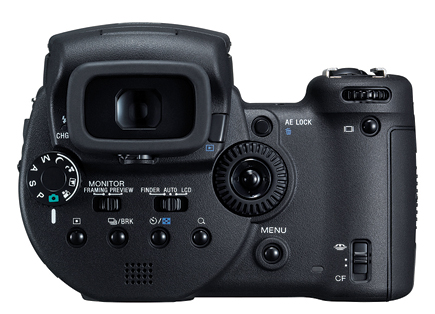 |
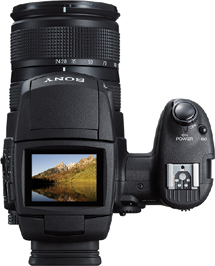 |
The buttons, dials, and switches are quite large; most are well marked as
to their purpose but the exposure compensation dial is not marked at all. One
of the controls allows for automatic switching between the LCD and the electronic
viewfinder, a very convenient amenity. The electronic menu includes a wealth
of features. Because the description of some items is vague, it's worth
reading the instruction manual to discover the value of each.
Like several other prosumer cameras, this one includes mechanical zooming and
a manual focus ring for fast, precise control. The focus assist lamp is separate
from the built-in flash so it can be used when shooting with ambient light only.
The bright orange beam allows for autofocus even in total darkness, although
that can take up to 2 seconds in a worst-case scenario. Frankly, most owners
will use flash in low light and will be happy with the effects produced by the
fairly powerful built-in unit.
Built-In Flash |
|
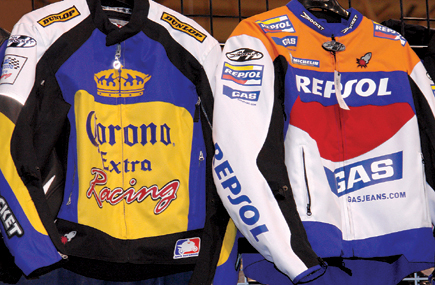 |
|
|
Evaluation: While this camera, with its oversized handgrip,
will be too large for some, it was ideal for my large hands. In my view, the
external controls should all be located on the camera back. As well, Sony should
have included a switch for selecting raw and JPEG capture options; that should
not require menu access. Aside from this nitpicking, the DSC-R1 is convenient
to use, reminiscent of a digital SLR in many respects. Unlike most digital SLRs,
this one allows for a live view so the LCD monitor can be used for composing
a shot. (The Fuji FinePix S3 Pro can provide a live view, too, but only for
30 seconds.)
Granted, the DSC-R1 is not quite as full featured as some of the SLR models.
For example, novices get only five Program modes vs. 15 with the Olympus EVOLT
E-500. Serious shooters will find all of the most important functions, including
four histograms and an Adobe RGB color space option, a first in a Sony camera.
The only major feature that's missing is Color Temperature (Kelvin) selection
for White Balance, but White Balance Fine-Tuning is available and most users
will find that feature more useful.
Burst Mode |
|
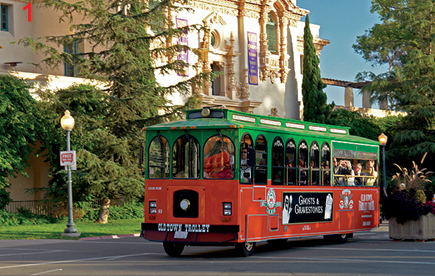 |
|
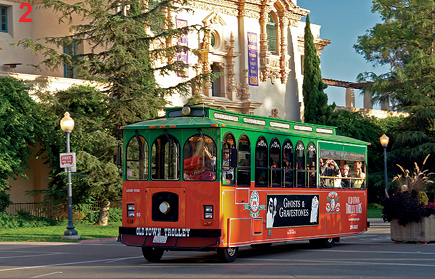 |
|
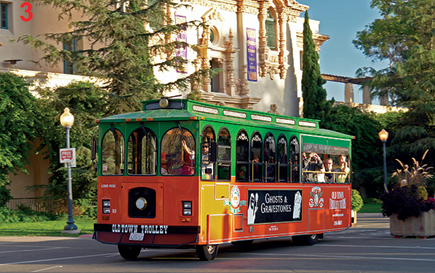 |
|
|
Performance And Speed
As expected with an ultrahigh-resolution digicam with built-in lens, the Sony
DSC-R1 is not a speed demon in all respects. Start up is fast enough at 1 second
and the shutter lag--including time for autofocusing--is quite acceptable
at about 0.5 seconds in outdoor shooting and 0.75 seconds in moderately bright
indoor locations. (Pre-focus on a subject, maintain slight pressure on the shutter
release button, and the shutter lag will be essentially zero.) The Continuous
AF system is quite reliable but it was not designed for tracking high-speed
motion, especially if it's erratic.
The primary drawback is in burst depth. The camera does not allow for shooting
more than three frames in a series. After a burst of full-resolution JPEGs,
it takes about 5 seconds to fully clear the buffer (memory bank) to allow for
snapping another three-frame sequence. In uncompressed raw capture, Continuous
advance cannot be selected; the camera allows for shooting two frames in quick
succession, and a third after a few seconds. For testing, I used a very fast
SanDisk Extreme III card; the entire process would be even slower with standard
memory cards.
Evaluation: It's understandable that a 10-megapixel camera
would take some time to record data to the memory card in order to clear its
buffer, considering the huge image files. But the affordable 8-megapixel digital
SLRs provide greater burst depth, making them more suitable for action photography
enthusiasts. On the other hand, most digital camera owners take pictures of
people, landscapes, city scenes, and various subjects encountered while traveling.
If you fall into that category, and don't plan to shoot long series of
images in a burst, the Sony DSC-R1 should be fast enough to meet your needs.
Standard And Vivid Color Modes |
|
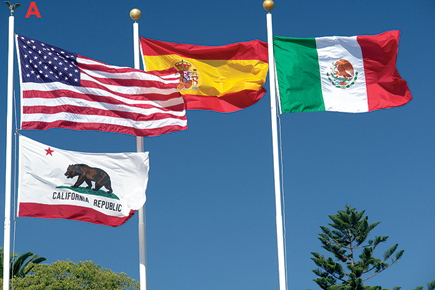 |
|
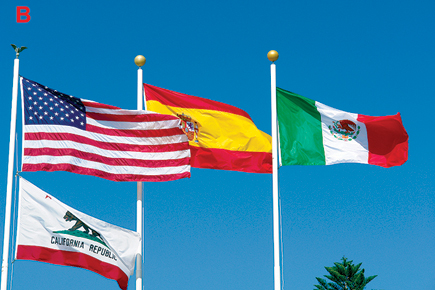 |
|
|
Image Characteristics
Thanks to its high-resolution sensor and advanced LSI processing engine, the
Sony DSC-R1 produces beautiful images. Colors are accurate but richly saturated,
with especially bold reds and blues; in Vivid mode, hues and tones become incredibly
vibrant, not an ideal all-purpose option. Caucasian skin tones are pink, sometimes
excessively so. When shooting tight portraits, it's best to set Saturation
to Low in camera or to moderate the effect later, in image-editing software.
Outdoor images made with multi-pattern metering and Auto White Balance are usually
clean, bright, and contrasty with accurate color balance. Under artificial lighting
(without flash), underexposure and poor White Balance are common, but that's
a problem with most cameras. Much better results are possible with a + exposure
compensation factor and one of the advanced White Balance options. Of course,
if shooting in raw capture, those aspects and others can be adjusted in converter
software. The bundled Image Data Converter SRF is very slow however, so I recommend
using Adobe Camera Raw (in Photoshop Elements 4.0 or CS2) for great speed plus
slightly better image quality.
































